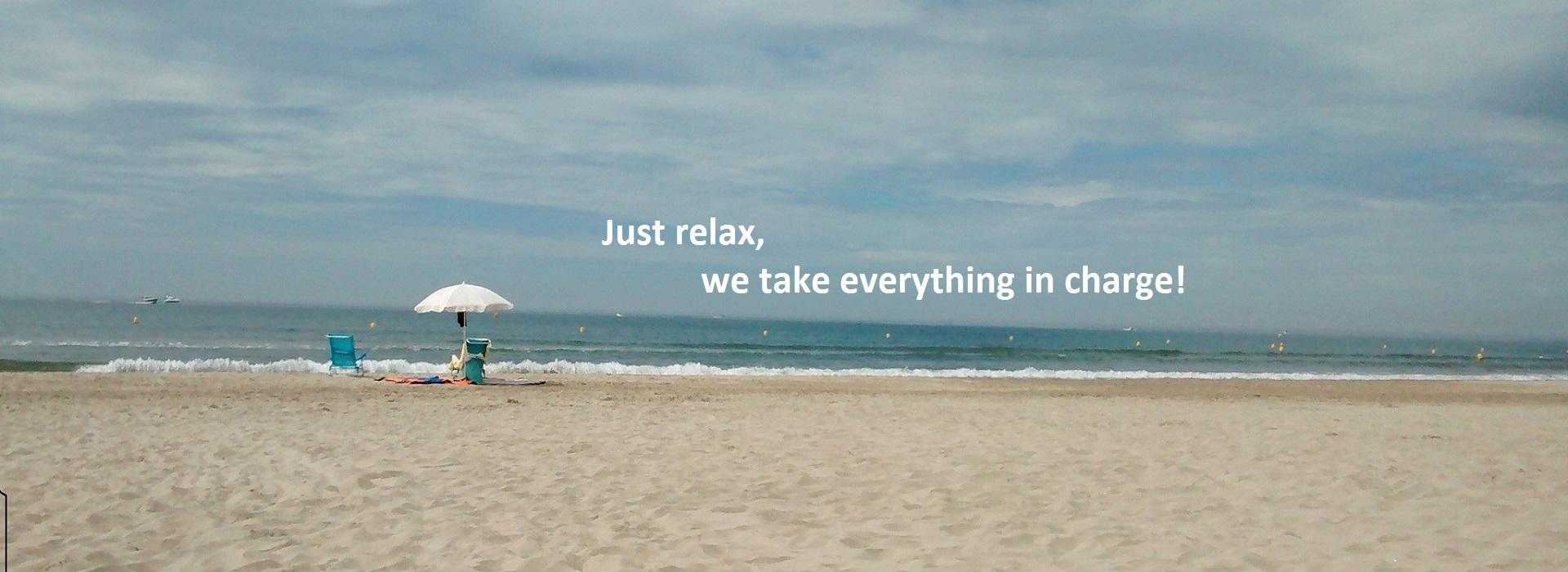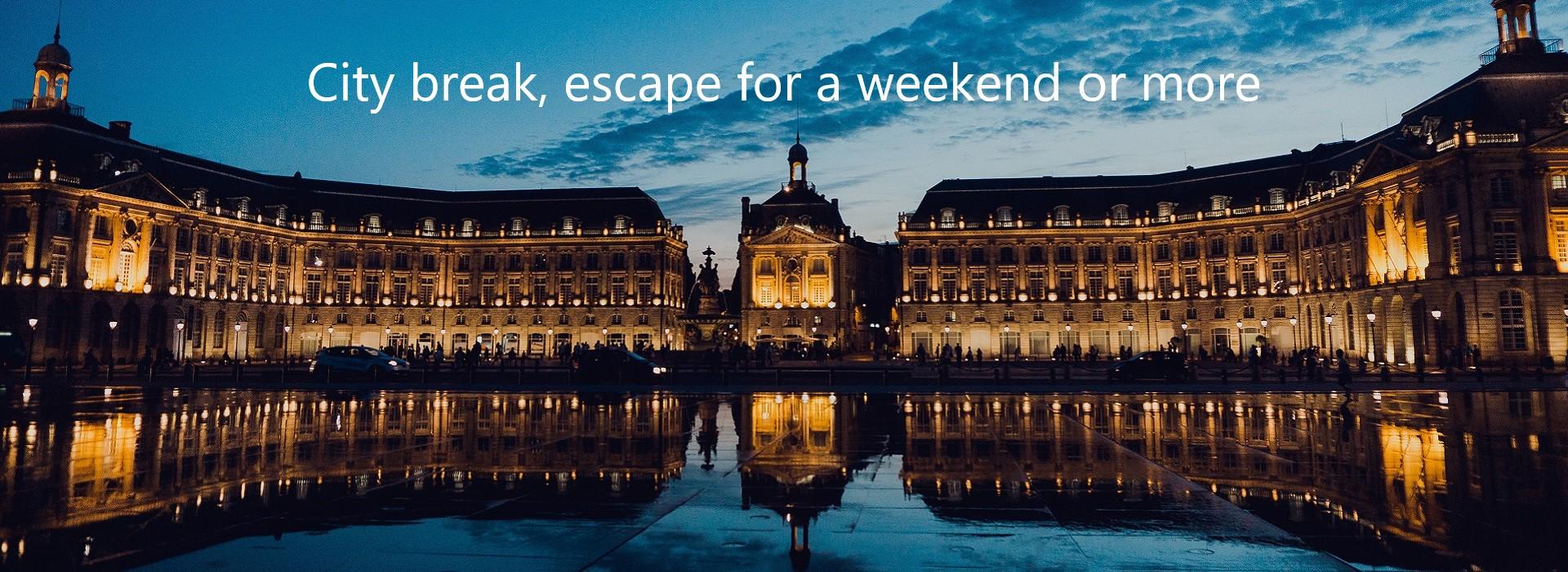Montpellier from little town to great one

Montpellier, from little town to modern city

Montpellier is nowadays one of the most attractive cities of Southern France. Young, cultural, bold, modern, stunning, charming and full of History, so many words could describe it! This place is the 7th bigger cities in France and there is still ambitions to make it grows more and extends its influence.
Montpellier always seduces you whoever you are tourists, inhabitants or just casual visitors. Follow us to discover this 1000-year old lady!!
The Guilhem family and the birth of Montpellier

Younger than the cities as Béziers, Narbonne or Toulouse, Montpellier has no Greek nor Roman roots and is just millennium old. Born during the late 10th (more precisely in November 985), the city was built on the top of a limestone hill called Mont Pellé or the Bald Mountain. The hill was given to a noble family at the end of this century: The Guilhem (Williams) family. Under their reign, a little bit longer than 2 centuries, the town grew up quickly and got extended. Montpellier became soon a place crossed by spices, silk, fabric and sheets merchants, craft people such as tanners or even pilgrims following the path toward Saint James of Compostela. Among the traders who were in Montpellier, some Arabic or Jewish sold spices but also shared of their medicine knowledge. Soon, many Jews families would arrive during the 12th century and participate to the merchant and medical life of the city. The Guilhem family members were clever and open-minded people for this time. Many of them enjoyed the presence of troubadours, poets and dancers at their court. Some of them were even poets and started to allow more rights to the Jews at the end of the 12th century.
Montpellier started to be famous for its trading activity, but not only. The town was known for the presence of its schools and the presence of doctors (no university yet). Things changed totally around the early 13th century, when the wedding of lady Mary of Montpellier and Peter the 2nd, King of Aragon, let the town enter in the powerful Kingdom of Aragon.
Mary of Montpellier and the Aragon Kingdom:

Troubles started to appear at the 12th century's end when Guilhem the 8th died. His second wife, Agnes of Castile tried to impose her son Guilhem the 9th as the only descendant and only man able to govern Montpellier. Mary, child born from the first wedding of Guilhem the 8th, also claimed her rights over the town and its lands. After a war in between the two parts, Mary went victorious. She received the help of the traders and the bourgeois of the city. They helped her to find a husband as well, and the better choice was Peter the 2nd of Aragon. The marriage was not a happy one, because the king was more interested in his wife lands than herself. Nevertheless, a boy was born from their union : James the 1st of Aragon also known as James the Conqueror. The wedding of Mary and Peter made the city enter and belong for more than one century to the great Kingdom of Aragon. In that time the city knew a first golden age by becoming one of the most important Languedoc cities and a famous one for its cultural, university and trading activities. When the time of James abdication arrived, he divided his kingdom in between his two sons. James the 2nd would receive the Majorca Kingdom in which one Montpellier was integrated. Finally, wars would oppose the descendants of James the 1st, and Montpellier would be sold in 1349.
End of the Middle Ages in Montpellier:

In the late 14th century, lot of things happened and changed for the city. First, Montpellier was sold to the king of France in 1349. The Jews were definitely expelled in 1394, then found a refuge in Provence where they were protected by the Counts and Popes until 1481. The city had to make an oath of allegiance to the Kingdom of France. Great architectonic realizations were realized such as the St Benedict monastery and Chapel (nowadays cathedral and Medicine School). These two buildings were offered to the city by a Pope living in Avignon, Urban the 5th. The Middle Ages golden age started during the 13th century started to collapse. The Black Plague, droughts and bad harvests and hunger brought the city to a troubled time... Things went back to a better situation with the help of Jacques Coeur, the Great Financier of the Kingdom of France. He helped the city giving much power and influence to the traders and bourgeois.
Medicine Development and Religious wars:

The 16th century changed things in the city. Montpellier became a one of the most important universities for medicine teaching, once it became a royal college. Prestigious students such as the French writer François Rabelais studied medicine, and Nostradamus as well was a student in Montpellier. Montpellier was a very advanced city in terms of teaching, because dissection was part of the classes. Every winter, an anatomic theatre was built to welcome students and anatomy amateurs. Yes, people who were interested in the medical and sciences studies could come and assist to the classes. Among them, even accompanied women could follow and watch the lessons. Even if the city was famous for its colleges (law, theology and medicine) new troubles happened. The bishopric, before located on the Mediterranean coast for a long time, was transferred to Montpellier in 1534 for a better control of the area. Some other troubles arrived by the spreading of the Reformation ideas. Great families of magistrates, traders, doctors, or even students adopted the new ideas that lead to Protestantism. As in many cities of France, a civil war happened in Montpellier along the late 16th and a great part of the 17th century. In 1622, king Louis the 13th intervention lead to the building of a second wall around the city and the religious wars ended around 1685, when King Louis 14th proclaimed France was only a Catholic Kingdom.
Montpellier Classical period and revival:

The troubles and destructions brought along the 17th century lead to the city reorganization. Streets were made larger, one of the city entrances was rebuilt in a form of Triumphal Arch and the city started a little extension. The election of Montpellier as capital city of Languedoc area in 1737 played an essential role for the urbanism. The complete reorganization of the city was a major preoccupation as the city grew up and became a place of political influence in the province and the kingdom. A royal square was under construction during all this period and finally, Montpellier became the beautiful and sophisticated place it had always ambitioned to be. A theatre, charming and beautiful private mansions, lovely squares and nice statues participated to the greatness of the city and opened the gate of a fabulous and rich 19th century.
The 19th and wine Golden Age:

Montpellier was the capital of Languedoc until the end of Revolution. With a new era, French Convention decided to divide all the country in different parts (departments) and Montpellier was chosen to become the capital city of the area. With a new time and government, new things happen.
All the schools and universities linked to the church or the French Crown had to close their gates. But soon, 3 new schools of medicine in France : Paris, Strasbourg and Montpellier.
Cities in Languedoc became rich thanks to the presence of a clement weather and the ease of wine culture and production. The wine Golden Age brought Montpellier to quickly get adapted to Parisian architectural fashion. New streets, boulevards, drains, covered markets and houses in the Haussmann style with slate covered roofs, great fashion and shopping centres...
Montpellier is really a place that had the same richness and modernity than Paris.... But soon, the gold of this period lost its shine.
Decline et rebirth:

The early 20th century, and more precisely the year 1907, rang the bell of the Golden Age. Montpellier lived quietly as a small provincial town until the end of the 60's and 70's.
But a new change happened. An ambitious mayor decided to transform and extend the city. Thanks to all these changes, Montpellier has now new and modern neighbourhoods, modern installations, universities, and even great companies as DELL, IBM or even Sanofi pharmaceutical company. Nowadays, great names of international architectures come to sign prestigious buildings, Ricardo Boffil, Jean Nouvel, Massimiliano Fuksas, etc...
Museums and cultural centres seduce art and craft lovers. This young city is one of the most modern, innovative and attractive!!
Different thematic visits to discover the city:
For a first step in Montpellier https://www.guidesud.com/en/tours-and-travels/guided-tour-of-montpellier
If you want to spend a full day, choose among the different day tours:
For the whole history https://www.guidesud.com/en/tours-and-travels/montpellier-ancient-modern-city
Middle Ages https://www.guidesud.com/en/tours-and-travels/way-st-james-around-montpellier
Medicine History https://www.guidesud.com/en/tours-and-travels/montpellier-medical-past
Classical Montpellier https://www.guidesud.com/en/tours-and-travels/montpellier-classical-city
And if you want to know more discover all our days and travels for individuals and groups, contact us




